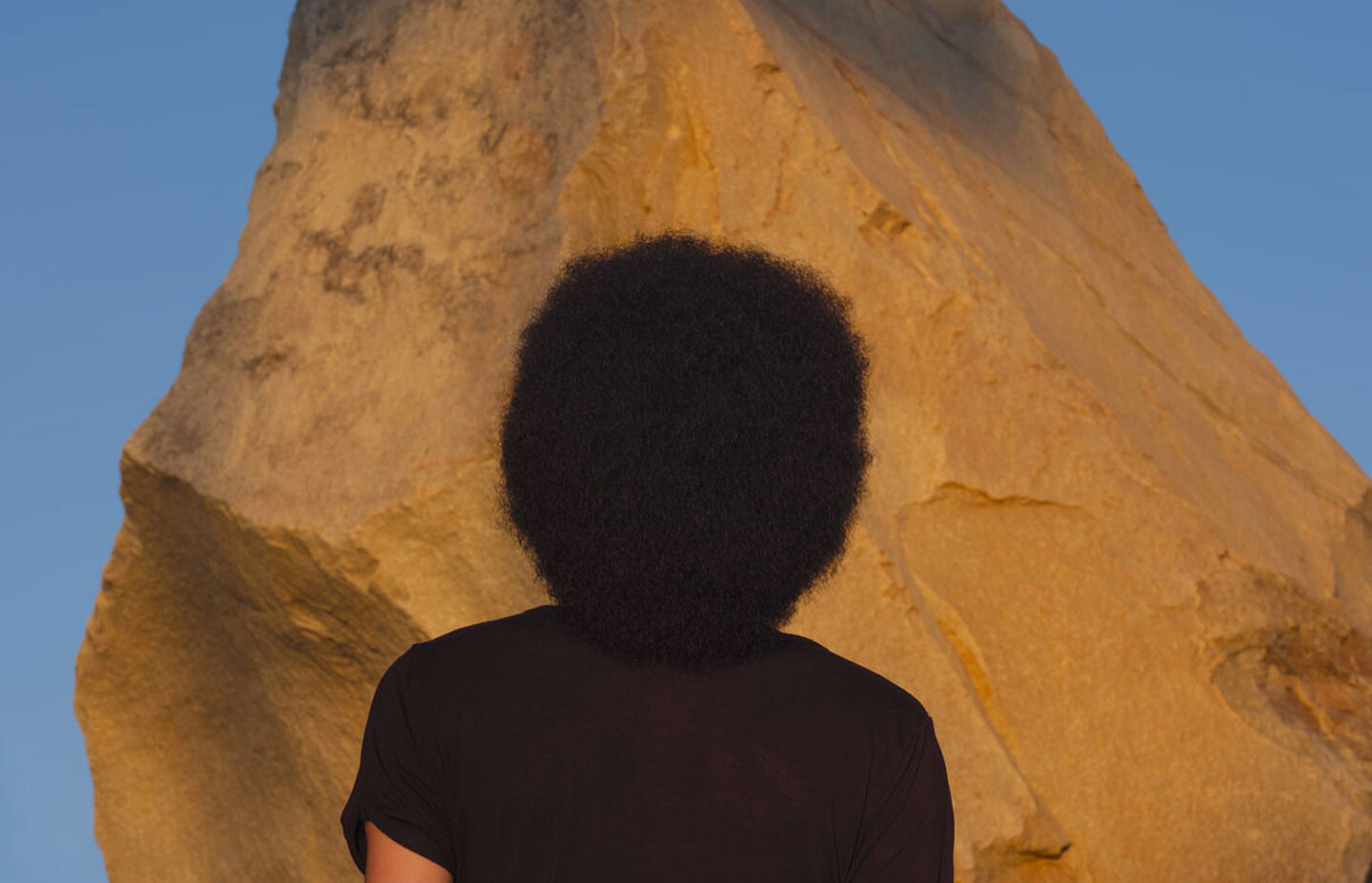Don’t Fear a Snowflake
Sometime during the winter in 2018 I found myself leaning over the big table that sits at the centre of one of the alcoves of The English Bookshop in Stockholm. Hobbling over the street ice, one title had caught my eye through the frosted window. Imprinted on the cover, in large block capitals, read: Nervous States. My eye wasn’t drawn by this so much as it was by the subtitle: “How Feeling Took Over the World”.(1)
Around this time I started to hear the word “snowflake” bandied about—a term I have only recently discovered was coined by Chuck Palahniuk in his 1996 novel Fight Club. Alongside “hangry” and “mansplain,” this word had graduated from anglo-slang and entered the formal lexicon by way of the Oxford English Dictionary earlier that year. “Snowflake” describes someone, usually between Millennialism and Generation Z, who is overly sensitive, easily offended, and who has an inflated sense of their own uniqueness.(2) An individual in a delicate bubble of their own exceptionalism. An adderall-popping emotion junkie—at least in the eyes of Boomers and those belonging to Generation X, groups who, by virtue of the worlds in which they were raised, tend to occupy far less of a precarious state than generations after them.
Has feeling taken over the world? It can certainly feel that way. The rise of the social media therapist, proffering support on pastel-coloured posts or through IGTV videos, has been almost warlike in its expansion on the battlegrounds of mental health. But it reaches people, and people need to be reached.(3) Consider astrology and the rise of hyper-personalised readings. (I’m a double Cancer, by the by.) Co—Star’s cosmic combination of algorithmic readings and faith in the zodiac has brought new generations into a symbiosis with spirituality and their own nihilism. I also think of how anxiety and mental wellness has become a muse to influential musicians. Logic’s 1-800-273-8255, AKA “The Suicide Song,” with the lyric “I know I’m hurting deep down but can’t show it”; Felix Sandman’s Boys with Emotions; Breathin’ by Ariana Grande; Billie Eilish’s open discussion of her own responsibilities toward mental health, encapsulated by the album When We All Fall Asleep, Where Do We Go? “They’re just relatable.”
Where societies once looked to bodies that embody expert knowledge—the formally educated psychologist, the practicing astrologer, epidemiologists, the museum as a receptacle of culture—access to both our inner realms and to social tools for self-reflection and connection across borders has become possible and constant. Culture is no longer contained; it is pervasive and planetary and slippery. Where we once looked to institutions for authority or cultural captaincy, might we now expect something very different from them? Faced by the apparent dissolution of their relevance, might we be questioning their future entirely? Do we now look to an institution for a softened form of discourse—as a place for passivity, reflection, empathy, and intimacy?
I’m not talking of “Museum of Ice Cream”-esque experiences. There is some real world evidence of this structural role shift taking place. In the fields of architecture and design, for instance, a group of institutions have started to embrace feeling and “feels” as thematic tools of engagement and legitimate fields of study. In 2018, Het Nieuwe Instituut in Rotterdam began a research tract connected to their annual call for fellows called BURN-OUT. Exhaustion on a Planetary Scale.(4) In 2019, the Canadian Centre for Architecture opened the exhibition Our Happy Life: Architecture and Well-Being in the Age of Emotional Capitalism.(5) The theme of the 5th Istanbul Design Biennial has been announced as Empathy Revisited: designs for more than one.(6) The institution that I am a part of, ArkDes, has recently opened WEIRD SENSATION FEELS GOOD, an exhibition about ASMR (Autonomous Sensory Meridian Response).(7) Dutch Design Week have announced the theme of their nineteenth incarnation as The New Intimacy.(8) No doubt there are, and will continue to be, many more besides.
What could account for this repositioning? Why is it not yet recognised for what it is: monumental and meaningful? If some institutions now tend towards simply reflecting the directions of the societies that they identify with, attempting to find ways to consolidate its attachment to and absorption of trends, then they are shining light on new structures of practice. Collaborative practice within architecture and design, which often purport to be based on principles of collectivism, participation, and shared understanding are, as well as being buzzwords, mantles of the moment. They suggest that the age of Alpha Didacticism—of narratives by and for solitary figures of authority—is being challenged. It is a delusion that we operate alone in the world. We are awakening to the fact that we cannot conduct our collective self, let alone culture, in many of the ways that we have inherited.
Understanding that in-feeling and co-feeling are powerful ways of positioning ourselves in proximity to others is not necessarily something that is defined by Generation Snowflake. There are precedents, important ones, that stretch back further. Although it is often individualised and deployed derogatively, the core tenet of the term “snowflake” is becoming ever more valid as feeling finally finds a place inside cultural discourse. In 1978, the self-described “black, lesbian, mother, warrior, poet”(9) Audre Lorde presented a paper at the Fourth Berkshire Conference on the History of Women. She called it The Uses of the Erotic: The Erotic as Power. In illustrating the “grave responsibility, projected from within each of us, not to settle for the convenient, the shoddy, the conventionally expected, nor the merely safe,” Lorde gave the following analogy:
“During World War II, we bought sealed plastic packets of white, uncoloured margarine, with a tiny, intense pellet of yellow colouring perched like a topaz just inside the clear skin of the bag. We would leave the margarine out for a while to soften, and then we would pinch the little pellet to break it inside the bag, releasing the rich yellowness into the soft pale mass of margarine. Then taking it carefully between our fingers, we would knead it gently back and forth, over and over, until the color had spread throughout the whole pound bag of margarine, thoroughly colouring it.”(10)
As Lorde found “the erotic such a kernel within [her]self,” acknowledging and championing new sets of values, feeling in and between ourselves may be what can help us redefine our understanding of the institutional and its role in society. In the face of so much that remains to be gently kneaded and reshaped, I believe that snowflakedom is ahead of the curve. If feeling has historically been deployed as a weapon, utilised in order to dismiss peoples’ humanity, its time has arrived. It is precisely this that makes a shift in how institutions operate, and how they are received, of such consequence. Small pellets, once fluent, can imbibe even the most revered structures with purpose and meaning anew. This is how they could survive and, critically, remain alive.
Moments in this essay were clarified through conversation with Shumi Bose, Vera Sacchetti, and Marie-Louise Richards.
James Taylor-Foster is a writer trained in architecture and the curator of contemporary architecture and design at ArkDes, the Swedish Centre for Architecture and Design, in Stockholm.
(1) William Davies, Nervous States: How Feeling Took Over the World, (Penguin Vintage, London, 2018)
(2) For a perfect (and catchy) illustration of someone belonging to so-called “Generation Snowflake,” see the song Reality Show (2020) by Great News
(3) See, for instance: @the.holistic.psychologist, @lisaoliveratherapy, or @nedratawwab
(4) BURN-OUT. Exhaustion on a Planetary Scale (2019 Call for Fellows), Het Nieuwe Instituut in Rotterdam, The Netherlands
(5) Our Happy Life:Architecture and Well-Being in the Age of Emotional Capitalism (May 8-October 13, 2019), curated by Francesco Garutti at the Canadian Centre for Architecture (CCA) in Montreal, Canada
(6) Empathy Revisited: designs for more than one ( originally planned for September 27-November 8, 2020, since adapted and amended to October 15-November 15, 2020), curated by Mariana Pestana for the Istanbul Foundation for Culture and Arts (İKSV) in Istanbul, Turkey
(7) WEIRD SENSATION FEELS GOOD: An exhibition about ASMR (April 8-November 1, 2020), curated by the author at ArkDes in Stockholm, Sweden
(8) The New Intimacy (October 17-October 25, 2020), 19th Dutch Design Week in The Netherlands
(9) Biography of Audre Lorde, Poetry Foundation. Accessed July 17, 2020
(10) Audre Lorde, The Uses of the Erotic: The Erotic as Power, presented at the Fourth Berkshire Conference on the History of Women, Mount Holyoke College (August 25, 1974)





